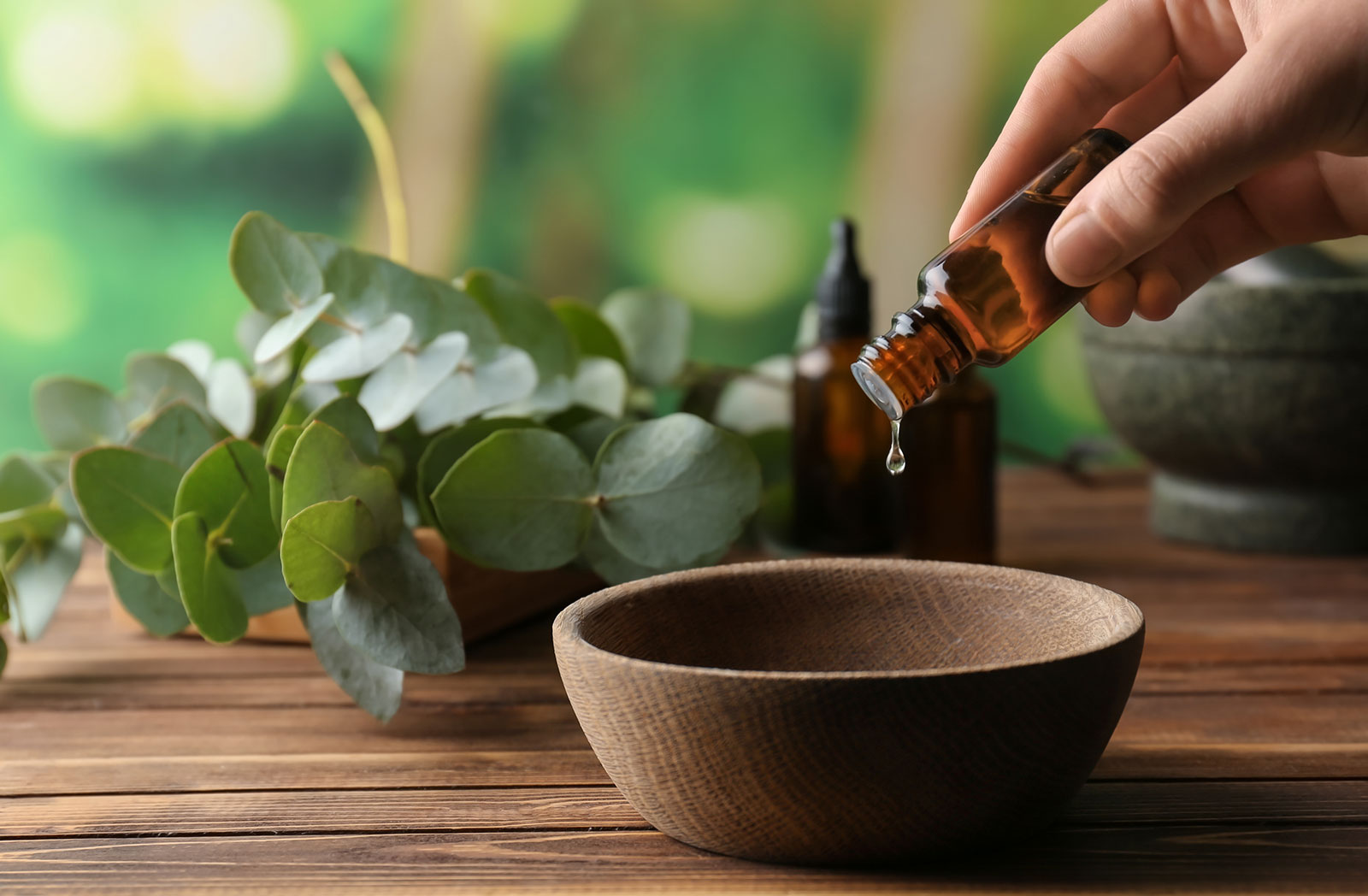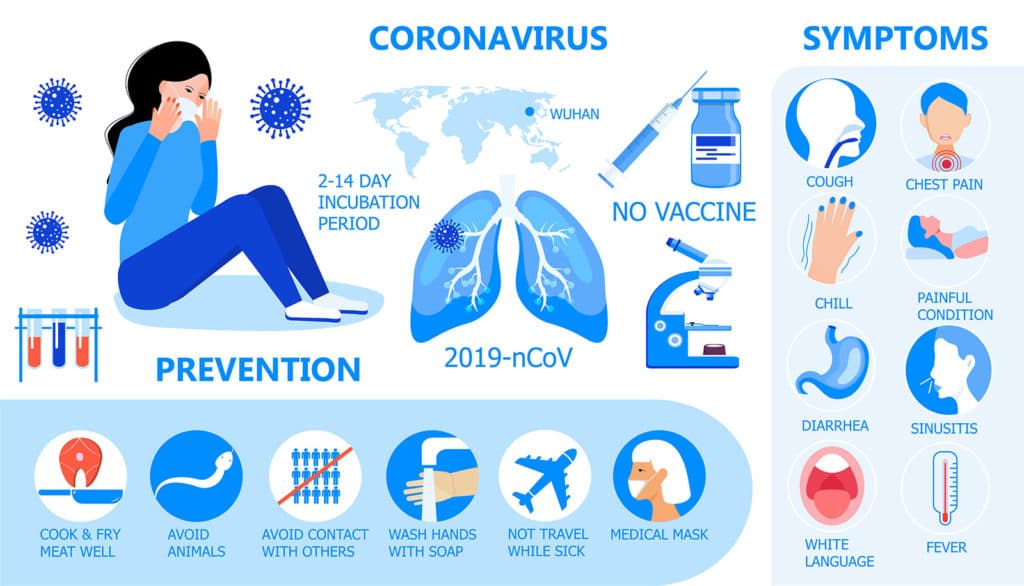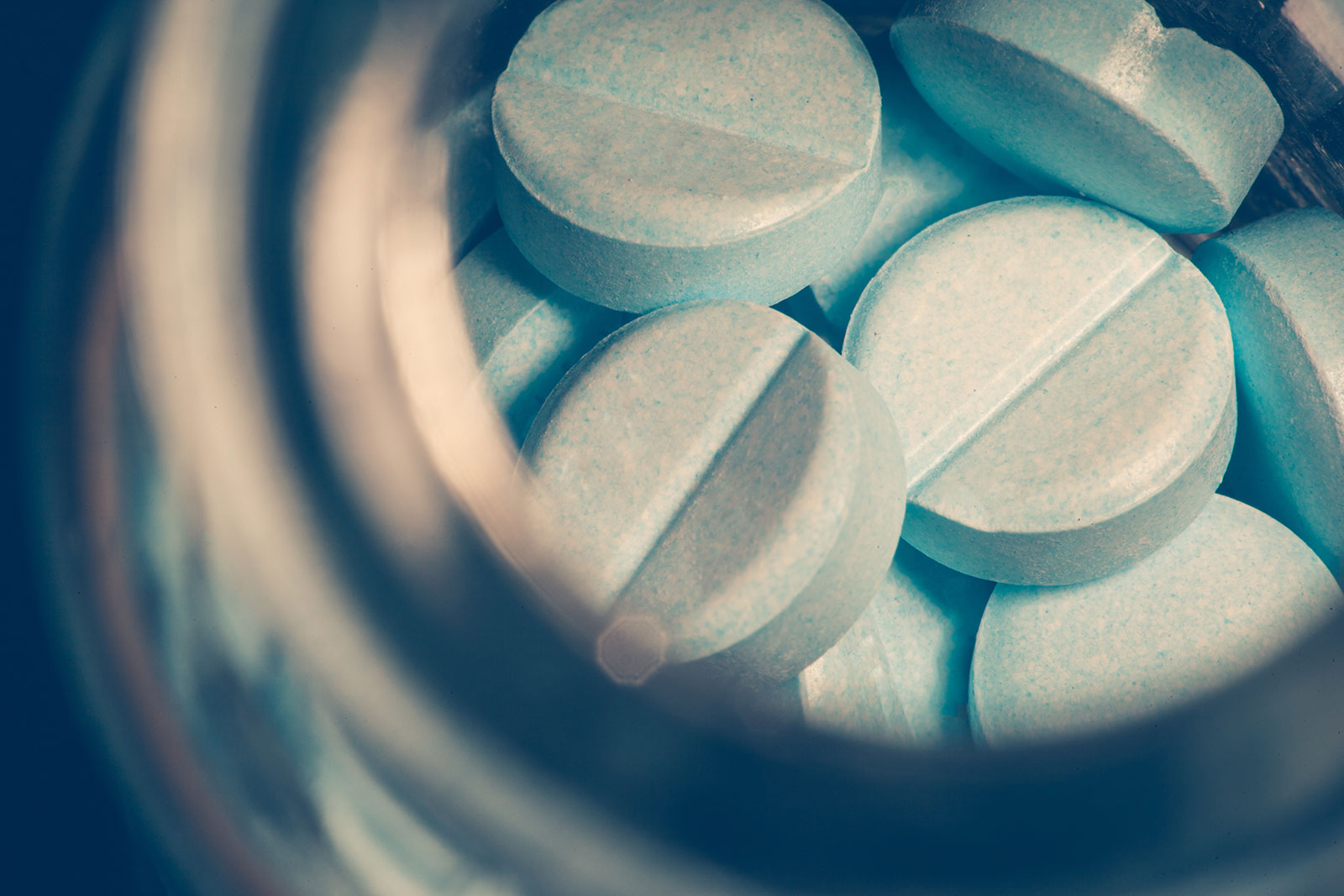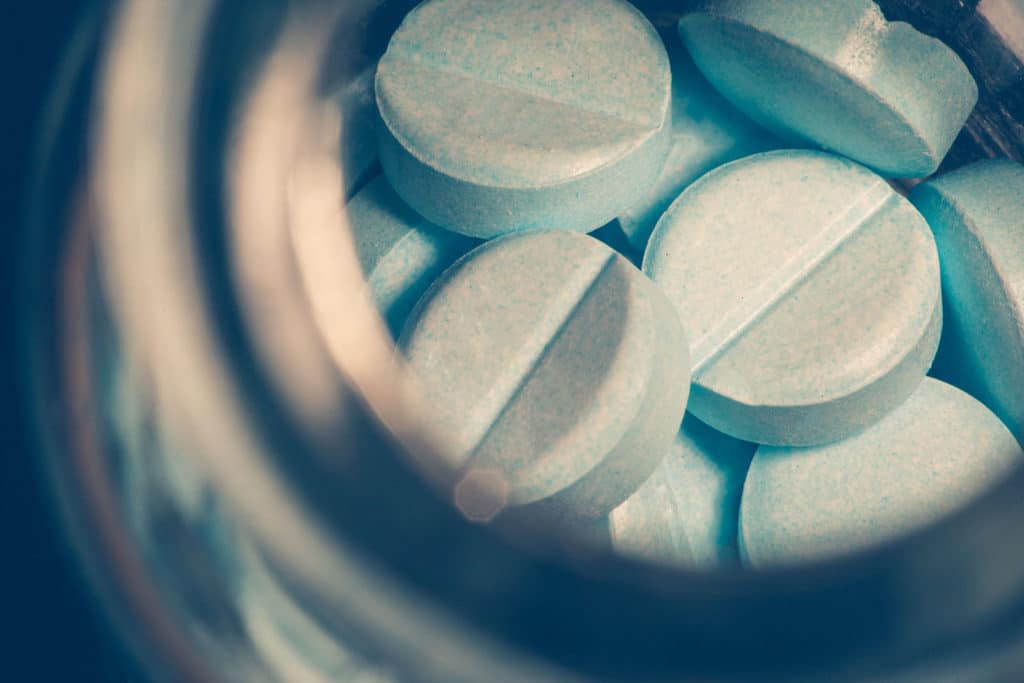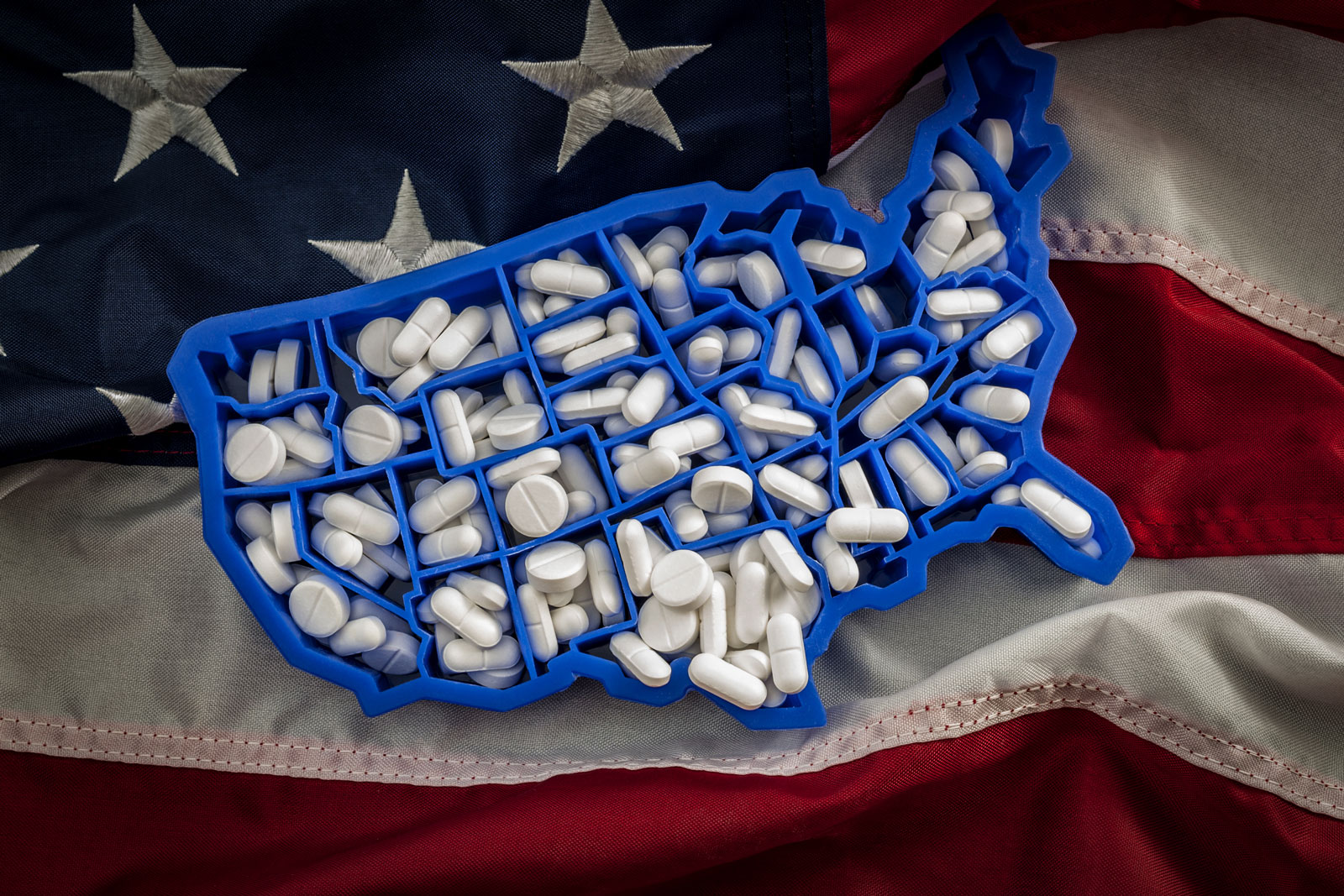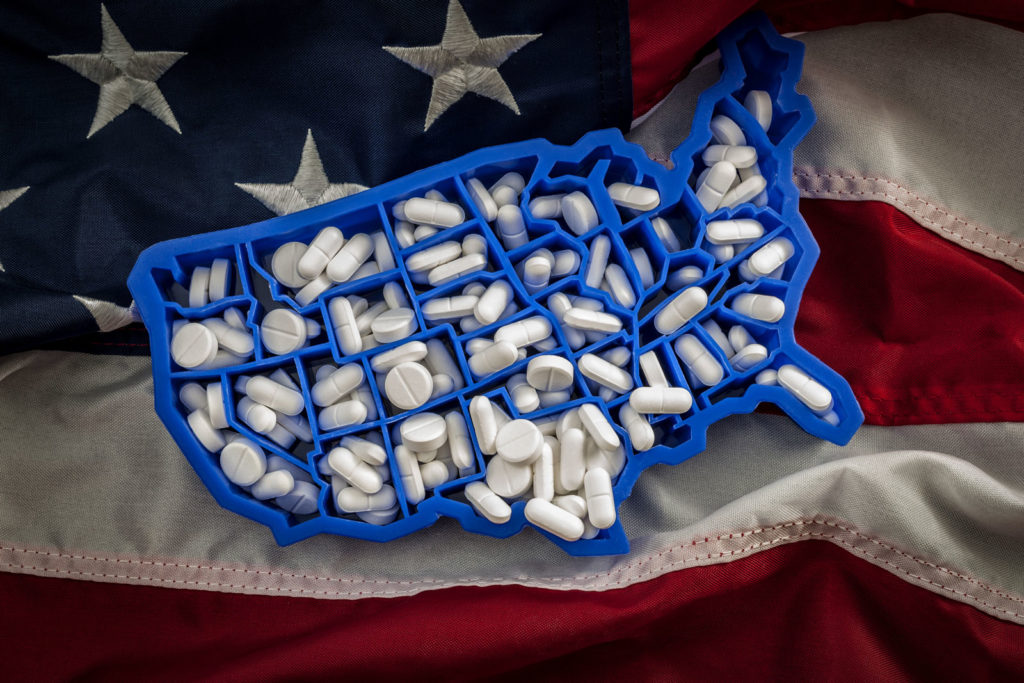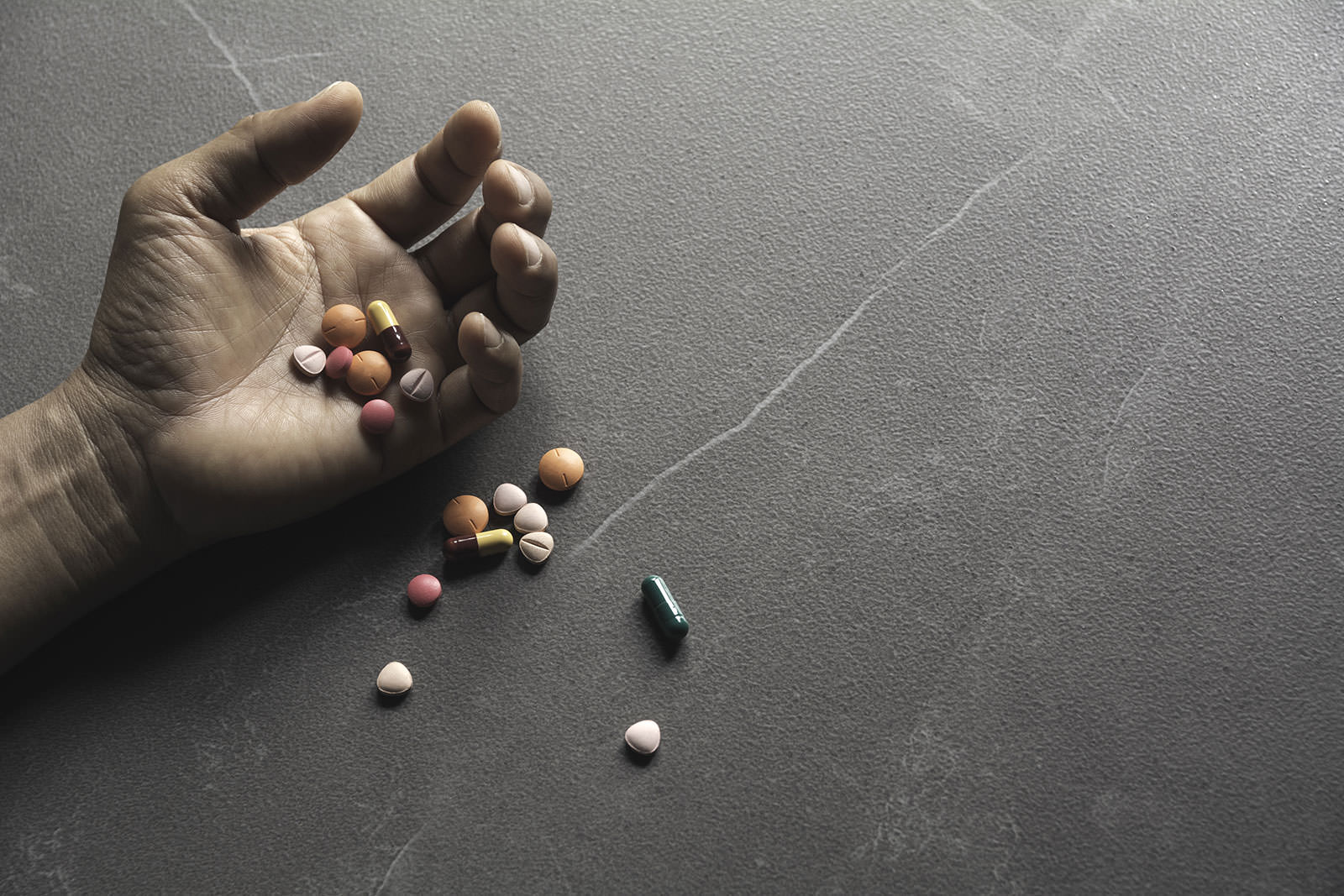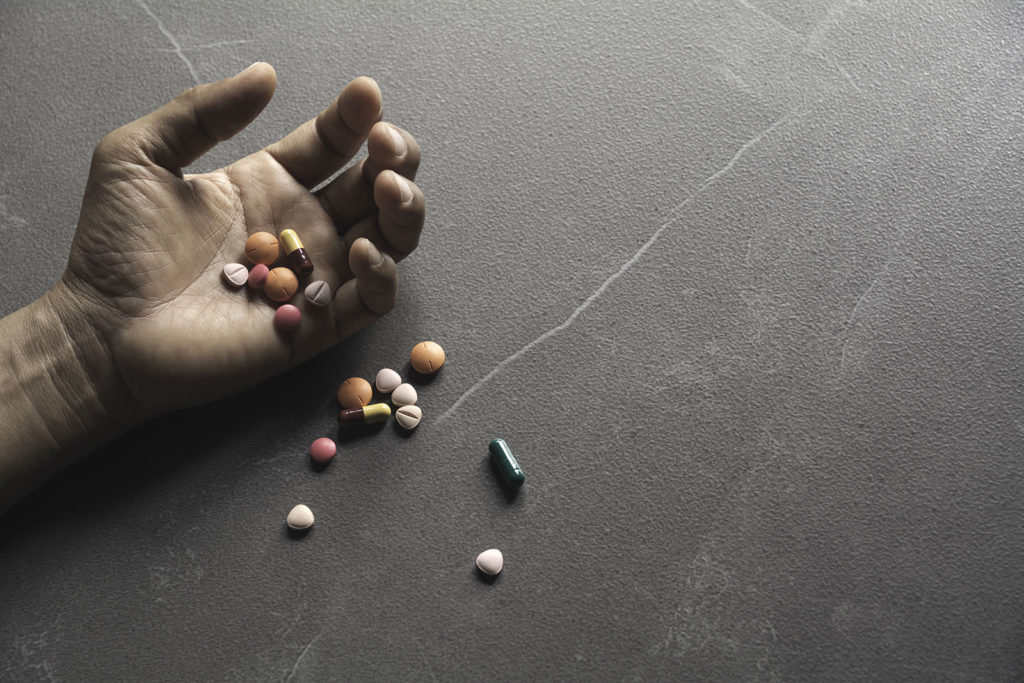People who have undergone substance or alcohol addiction treatment acknowledge that the experience can be an ordeal that most people struggle to forget. When you are trying to quit your addiction, you will find yourself experiencing many cravings, especially as withdrawal starts. This will make it hard for you to give up your addiction. When addiction is severe, withdrawal symptoms and desires will also be critical. If not handled professionally, they could lead to a relapse. It is estimated that more than 20 million people in the country are experiencing a form of drug or alcohol addiction: more than 5 million of these are admitted to drug rehabs due to drug overdose. Moreover, only a small fraction of those who are exposed to drug addiction treatment centers attain a full recovery since many of them give up and go back to substance use.
8 Best Essential Oils for Symptoms of Addiction and Withdrawal
As more drug rehabilitation centers adopt a holistic approach to drug addiction rehabilitation, many of them have resorted to the use of essential oils when managing withdrawal symptoms in their clients. Some of the essential oils used in substance addiction treatment are:
1. Geranium Oil
This essential oil enhances love and trust. It helps patients recovering from drug addiction to release their grief and pain, something that helps them manage the emotions that they experience during substance withdrawal. The oil also promotes trust and love between the patient and those close to them, while increasing their confidence in the recovery process. This results in healthy relationships, which many recovering patients find challenging to build.
2. Grapefruit Oil
People who are undergoing substance addiction treatment often experience reduced metabolism and low serotonin levels. Essential oils from grapefruits are used in enhancing a human body’s capacity to regulate metabolism and maintain the required levels of serotonin in the body for proper body nourishment. Serotonin is a chemical often nicknamed ‘happy chemical,’ which means an increase in the levels of serotonin would accelerate addiction treatment recovery for patients. This oil, therefore, is an excellent mood enhancer for individuals undergoing substance addiction rehabilitation.
3. Lemon Oil
Lemon oil is one of the most used essential oils because of its numerous health benefits. It is recommended that patients undergoing addiction treatment since it helps them manage fatigue and eliminates any form of confusion in their minds. The lemon oil achieves this by targeting the liver and cleansing it to enhance its functionality. Lemon is a natural invigorator and refresher. As such, this oil comes in handy for people who are experiencing fatigue as they recover from substance or alcohol addiction. This is because it can boost their energy levels significantly.
4. Peppermint Oil
Nausea is a common physical symptom for people who are undergoing addiction treatment. It always leads to vomiting, which is a common sign and manifestation in the withdrawal stage of drug rehabilitation. Peppermint essential oil is used by specialists to treat nausea and vomiting. Other health benefits of peppermint include aiding in pain relief. It is can also eliminate headaches, thus making it a vital essential oil for anyone undergoing addiction treatment. A few drops of this essential oil offer a soothing and cooling effect and relieves numerous pains from the body. Apart from its physical benefits, this essential oil also has emotional effects, which means that it can significantly enhance the mood of patients, promote mental clarity, and bring buoyancy and joyfulness. It is a must-have when you want a client to develop a positive and stable mindset as he or she undergoes substance addiction treatment.
5. Tea Tree Oil
Tea tree oil is also referred to as Melaleuca oil. It is known for its antiseptic properties, which makes it ideal for patients who have wounds. Other benefits of tree oil include clearing dark energies from a patient’s body that block paths in the body and lead to a feeling of exhaustion. Moreover, the oil helps reset the functioning of the patient’s bodies.
6. Lavender Oil
This essential oil is famous for its relaxation properties. It helps a person undergoing substance addiction treatment achieve a sense of calmness, increases their ability to communicate appropriately, and allows them to speak their truth. It is also essential during bedtime due to its relaxation properties that help enhance restfulness and peace.
7. Roman chamomile oil
When individuals are undergoing drug addiction treatment, they experience withdrawal symptoms that can be stressful. Roman chamomile oil helps relieve withdrawal symptoms such as anxiety. It will also boost the client’s mood due to its mild sedative properties. What’s more, the oil enhances the body’s ability to eliminate toxins when one is undergoing detoxification. This makes it a vital component in the journey towards full drug addiction recovery.
8. Ginger Oil
Ginger oil is known for its high antioxidant properties that can help the body eliminate toxins from the body. During the drug withdrawal, this oil helps suppress cravings and help individuals manage their withdrawal symptoms. Other benefits of ginger oil include enhancing the immune system, promoting the functioning of the digestive system, and helping them manage anxiety, stress, and depression.
How Essential Oils are used
There are different ways through which one can use essential oils and benefit from their numerous characteristics. Some of the ways to use essential oils include:
Inhale the Essential Oils
The preferred method of using essential oil is through their inhalation. This method is easy and enhances the well-being of people undergoing addiction treatment. What is needed is to use a diffuser, oil, and a carrier to diffuse your room with the aroma and then breathe it. There are specific oil carriers that one can use. Alternatively, you can use water as a carrier. Another method of inhaling essential oils is placing it in a tissue or towel and inhaling it.
Topical Application
The topical application involves applying the essential oil directly to your skin to allow it to absorb it. This method can be efficient, although it is not recommended for highly concentrated oils that would have side effects. For highly concentrated oils, one can dilute them with water before applying it to the skin. Essential oils can be used for massage skins when one is experiencing withdrawal symptoms to enjoy their soothing effects. The result will be a reduction in muscle cramps and body aches. This is because it offers instant relief.
Essential Oil Baths
If you want a more soothing effect from the essential oils and the other benefits that come with it when undergoing detox, consider taking an oil bath. To enjoy an oil bath, you will need to mix the oils with Epsom salt. The mixture is then added to the bathing water when taking a bath. Avoid mixing your oils with other chemicals if you want to enjoy the benefits of the essential oils that you choose to use for your shower.

